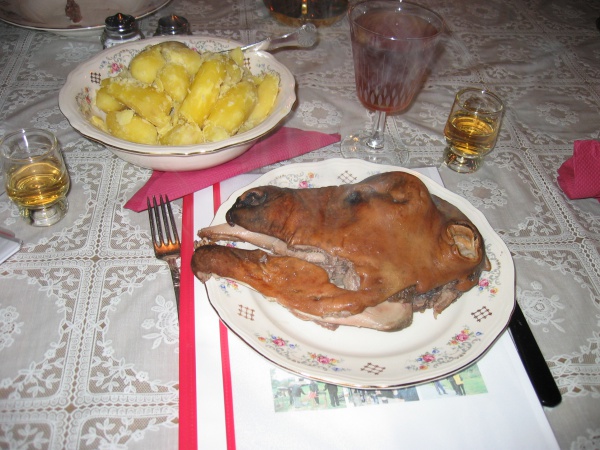Facts About Smalahove
Smalahove is a distinctive and traditional dish originating from Western Norway, made from a sheep's head and typically consumed before Christmas. The name derives from the Norwegian words "hove" (head) and "smale" (sheep), thus literally translating to "sheep head."
Here’s how it is prepared: first, the skin and fleece are singed off, the brain is removed, and the head is salted, smoked, and dried. Following this, it is either boiled or steamed for about three hours. When ready to serve, Smalahove is usually accompanied by mashed rutabaga and potatoes, often enjoyed with a glass of Akvavit, a popular Scandinavian spirit. In some variations, the brain is cooked inside the skull and eaten with a spoon or fried separately.
Smalahove was traditionally considered a meal for the poor. Typically, one serving consists of half a sheep's head, with the ear and eye being the first parts consumed because they are the fattiest.
Since 1998, due to an EU directive aimed at preventing scrapie (a fatal disease affecting sheep and goats), Smalahove can no longer be made from adult sheep heads—only lamb heads are permitted. Although scrapie is not believed to affect humans, this regulation was implemented as a precaution.
Despite its unconventional nature and the fact that many people find it unappealing, Smalahove has its enthusiasts. It has also become somewhat of a tourist attraction for those seeking to try something both extreme and authentic. The town of Voss in Norway, in particular, has witnessed a boost in tourism from people eager to take on this culinary challenge and experience a genuine local delicacy.

 Russia
Russia